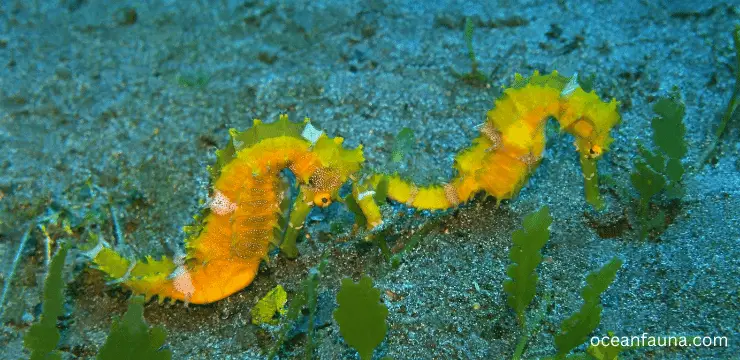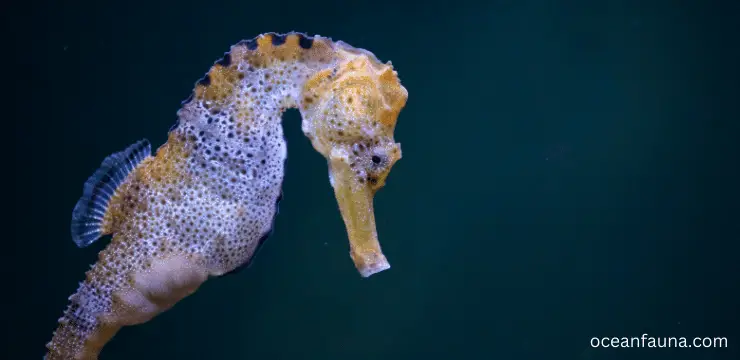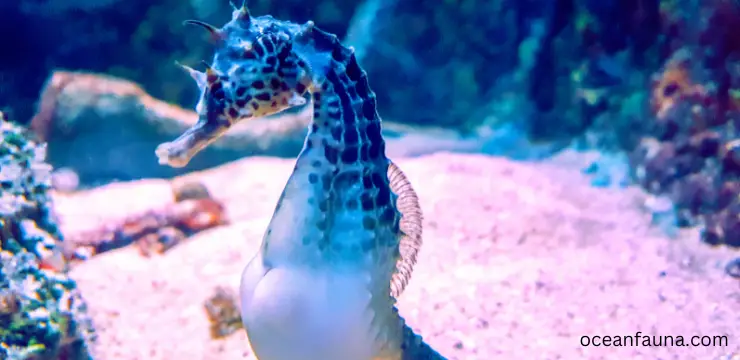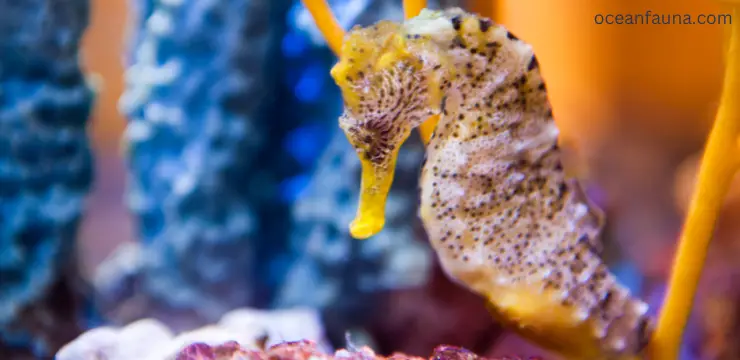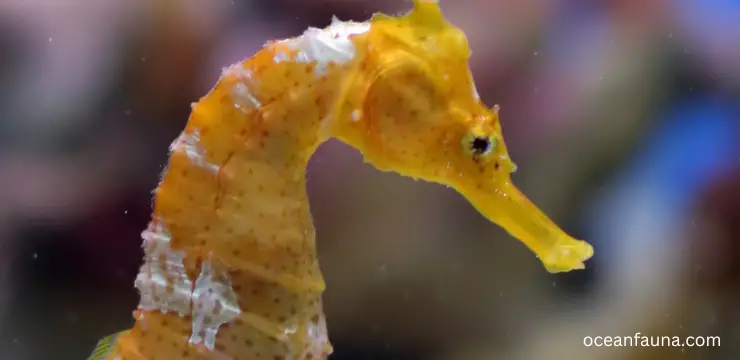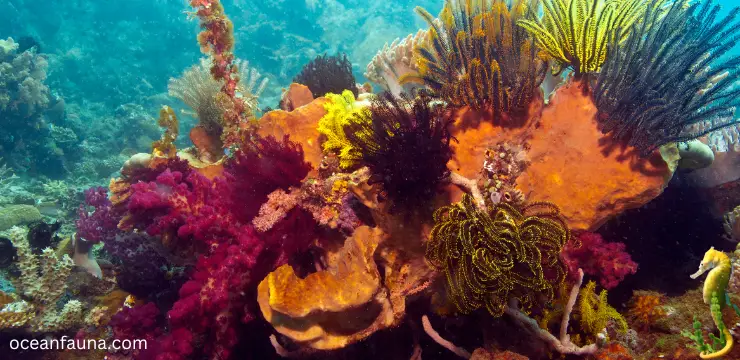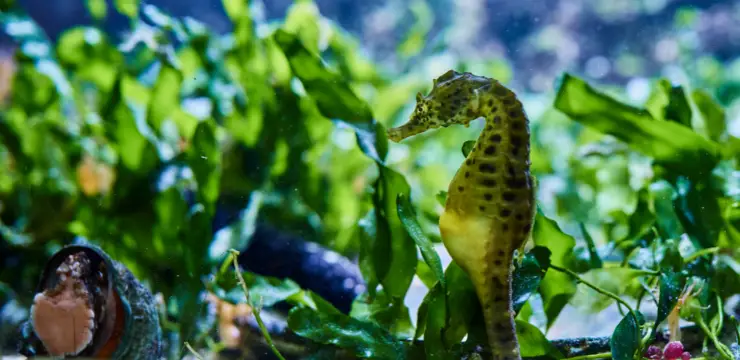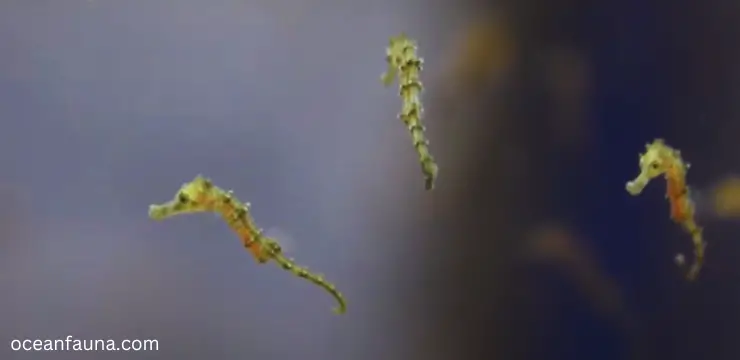Can You Eat Seahorses? Is it Yummy?
Yes, you can eat seahorses! In fact, they are a delicacy in some parts of the world. But hunting and selling them is often banned in different places because of worries about their numbers. This article will describe the eating of seahorses, including their taste and nutrition. Can You Eat Seahorses? Seahorses are a yummy … Read more

